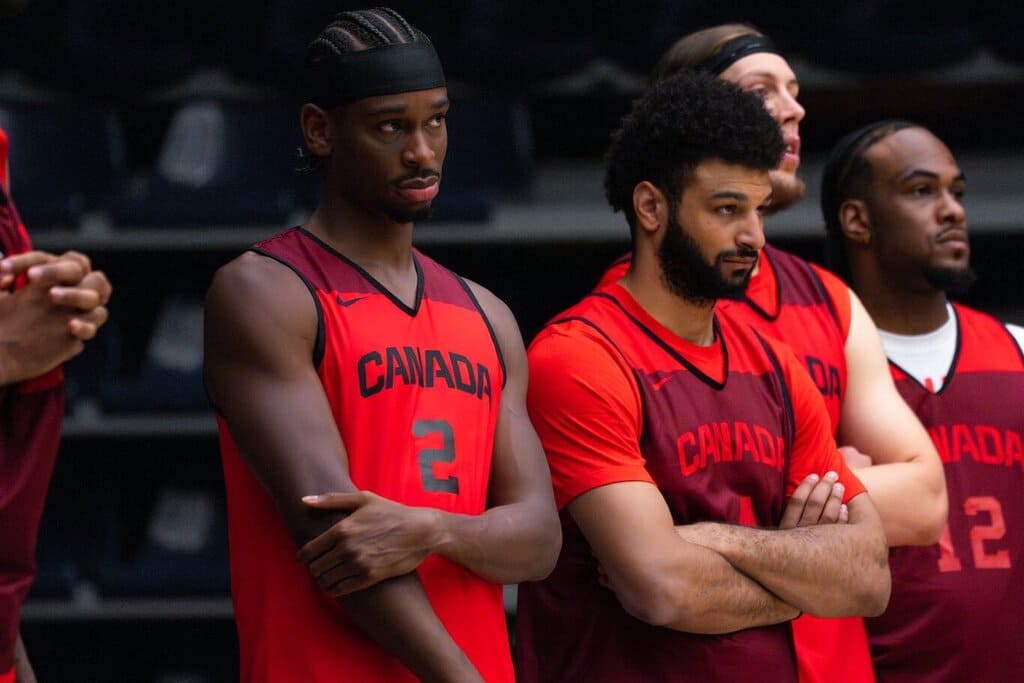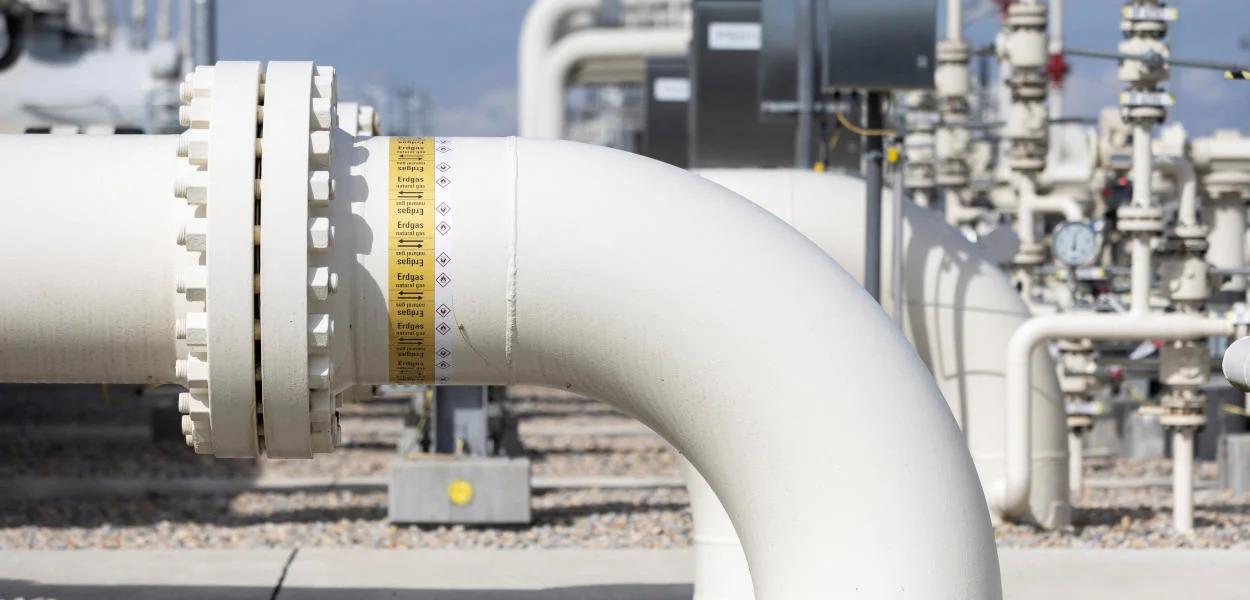The best footballers in the world are in Australia and New Zealand for the big tournament. The 2023 FIFA Cup is set to be the last for big stars such as Marta, Megan Rapinoe and Christine Sinclair. How many teams are involved? For the first time in history, 32 teams – including eight debutants – are taking part in the Women’s World Cup. In 2019, the FIFA Council voted unanimously to approve President Gianni Infantino’s proposal to increase the number of participants, which were 24 at the previous Cup, in France. Amid fears the expansion of the tournament could compromise quality, the increase announcement was defended by Infantino based on the success of the 2019 event, with the move being sold as a “concrete step” to “promote the growth of women’s football”. The FIFA President also announced a 300% increase in the Women’s World Cup prize money to $150 million (around R$720 million). Although the new figure is three times higher than in 2019 and ten times higher than in 2015, it is still considerably lower than the total prize pool of US$440 million awarded at the Men’s World Cup in Qatar last year. Where are the matches played? It is not only the biggest Women’s World Cup, but also the first to host two countries. In total, the matches will be played in ten stadiums in nine cities. Six stadiums are in Australia, with two in Sydney and four in New Zealand. The tournament opened on New Zealand territory, with a dispute against Norway at Eden Park in Auckland on Thursday (20/07) – three hours before Australia’s game against Ireland, at Stadium Australia, Sydney. The final will be played in this same stadium, which is the biggest in the competition, with a capacity of 83,500 spectators. The smallest, on the other hand, is the Hindmarsh stadium in Adelaide, with a capacity of 18,435. This is where Brazil’s World Cup debut will take place, in a game against Panama next Monday, July 24, at 8am (Brasilia time). Who are the favourites? The Americans are the clear favourites. Not only are they (as usual) top of the FIFA rankings, but they are also double champions, having won their fourth World Cup in France four years ago. However, doubts surround the new squad setup due to Carli Lloyd’s retirement and several key players being sidelined through injuries. The England side are also among the favourites, heading into the tournament as European champions after securing no less than the country’s second major international title since winning the Men’s World Cup in 1966. Although they are not playing at home this time, they looked confident as they spoke to DW from their home on the Sunshine Coast. Germany, on the other hand, even with an inconsistent performance in friendlies, managed to stay just behind the English side, against whom they lost in added time in last year’s European Cup final. The tragic heroine of this drama was German striker Alexandra Popp, but it is questionable whether she will be able to maintain the form needed to recreate her goalscoring record last summer. Spain are also expected to be in contention, despite last year’s turmoil when 15 players withdrew from the national team in protest against coach Jorge Vilda, among other grievances. The Royal Spanish Football Federation, however, decided to keep Vilda in charge of the team – which reached the Cup with three of the players who had rebelled against the coach. Despite the absence of top athletes, Spain have reunited with two-time Ballon d’Or winner Alexia Putellas, who missed the European Women’s Football Championship through injury. The surprise could come from the Canadians, who hold the gold medal at the last Olympic Games. Even though preparations for the World Cup stalled when players threatened to strike for better pay, they still have Christine Sinclair, one of the greatest of all time. He is expected to miss Janine Beckie, who has been sidelined with a knee injury. Last show for veteran stars Canadian Sinclair leads the field of veterans guaranteed to play their last World Cup. The striker, who just turned 40, is the top scorer in the history of women’s and men’s international football, with 190 goals in 323 matches. Playing at five World Cups and four Olympic tournaments, she also helped bring gold from Tokyo to Canada. American superstar Megan Rapinoe, who just turned 38, recently announced that these will be her last Worlds. Her record is long, having won the last two World Cups with the United States, in addition to a gold medal at the London Olympics in 2012. At 37, the Brazilian Marta should also enter the field for her last Cup. The player has been voted the best player in the world six times and is the country’s top scorer, with 119 goals in 183 games. He has participated in five editions of World Cups and Olympic Games. In Cups, he scored 17 goals (the most between women and men) in the 2003, 2007, 2011, 2015 and 2019 tournaments.
Doubts, criticisms and suggestions? Talk to us

“Prone to fits of apathy. Beer evangelist. Incurable coffeeaholic. Internet expert.”







